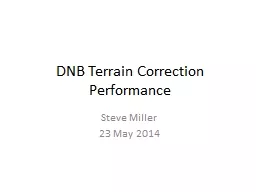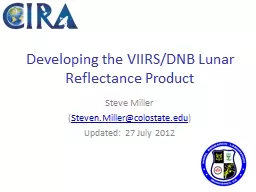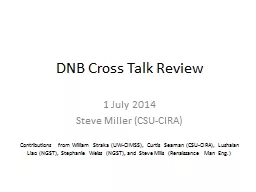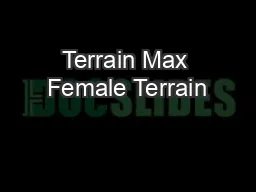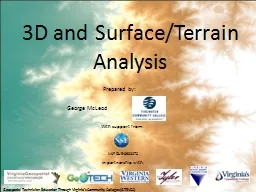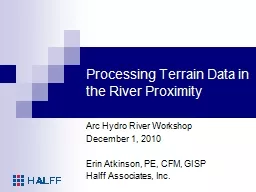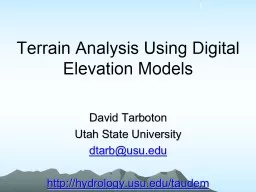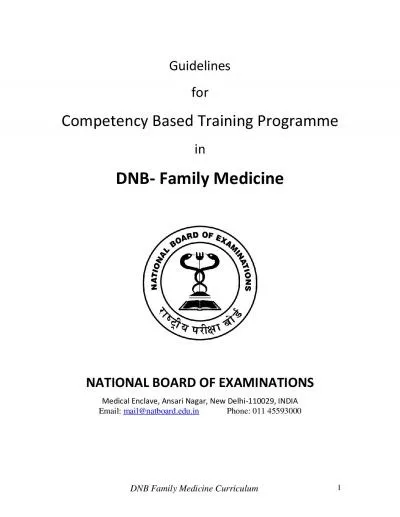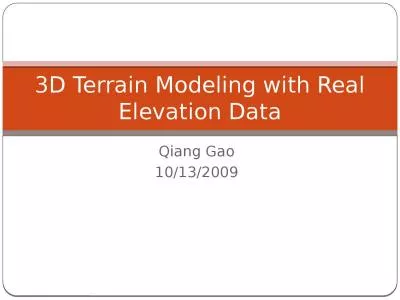PPT-DNB Terrain Correction Performance
Author : jane-oiler | Published Date : 2016-03-10
Steve Miller 23 May 2014 Approach Examine anthropogenic lights cities near sealevel and at higher altitude Select two adjacent orbits passes which provide i an eastern
Presentation Embed Code
Download Presentation
Download Presentation The PPT/PDF document "DNB Terrain Correction Performance" is the property of its rightful owner. Permission is granted to download and print the materials on this website for personal, non-commercial use only, and to display it on your personal computer provided you do not modify the materials and that you retain all copyright notices contained in the materials. By downloading content from our website, you accept the terms of this agreement.
DNB Terrain Correction Performance: Transcript
Download Rules Of Document
"DNB Terrain Correction Performance"The content belongs to its owner. You may download and print it for personal use, without modification, and keep all copyright notices. By downloading, you agree to these terms.
Related Documents

